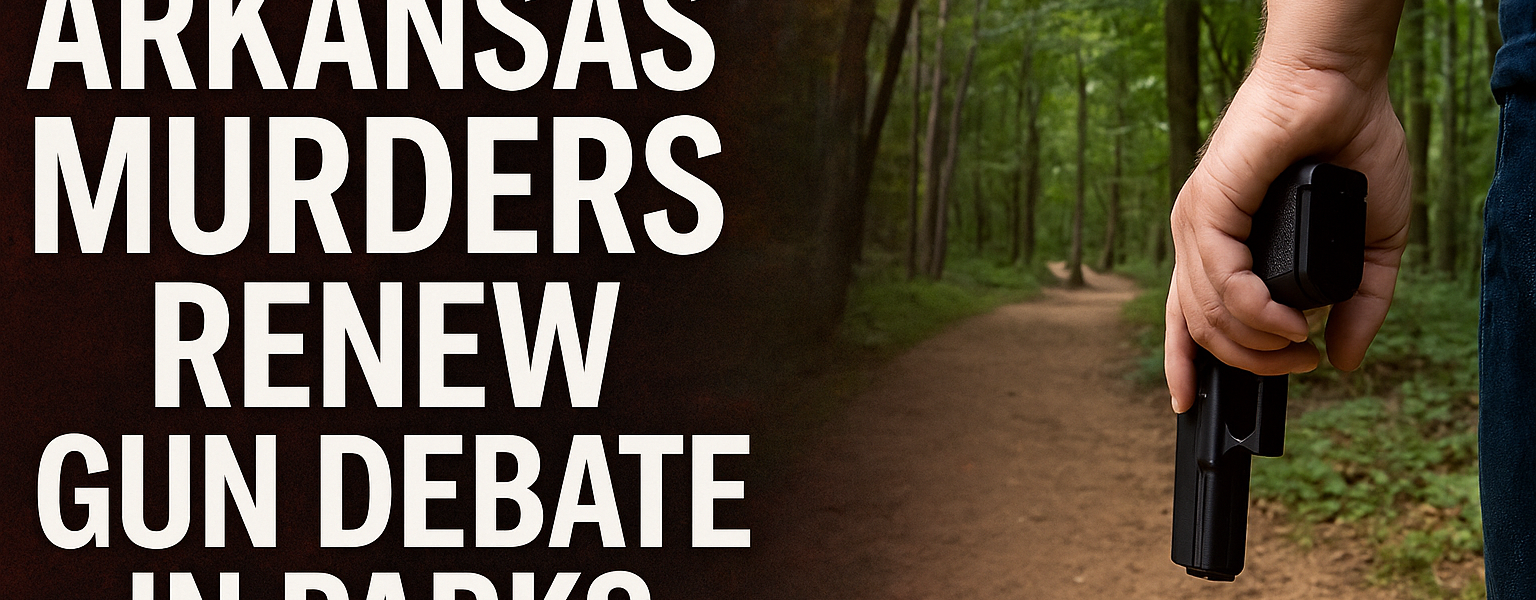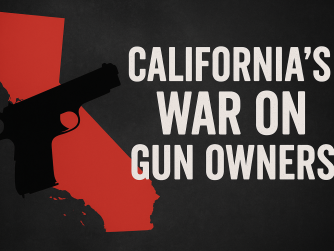The shocking murder of a young couple in an Arkansas state park while walking a trail with their children has reignited an urgent conversation about safety in the great outdoors. For many families, state and national parks are places of refuge—quiet trails, fresh air, and a break from the pressures of daily life. But the brutal reality of crime intruding even in these serene spaces has left citizens rethinking their self-defense plans.
Col. Hagar: “The More Good People With Weapons, the Better We All Are”
Arkansas State Police Col. Mike Hagar addressed lawmakers in the wake of the killings, making a clear point: self-defense matters. “The more good people that we have with weapons and the ability to defend themselves, the better we all are,” he said before a legislative subcommittee. Hagar also voiced concerns over so-called “gun-free zones” within state parks—areas where law-abiding carriers are forced to disarm, even while violent criminals face no such restrictions.
The Problem of “Gun-Free Zones” in Parks
Arkansas law has allowed concealed carry with a permit in state parks since 2003, but certain facilities remain off-limits, including visitor centers, cafes, museums, and lodges. This patchwork of restrictions creates a dilemma: either visitors avoid amenities, disarm when entering, or forgo carrying altogether. For those who prioritize safety, none of these choices is acceptable.
As Col. Hagar implied, these rules may unintentionally favor criminals, who do not concern themselves with compliance. Meanwhile, law-abiding citizens are left vulnerable in precisely the spaces where predators might exploit their disarmament.
What the Law Says: State Parks and National Parks
While each state sets its own rules, most do allow firearms in state parks to some extent. With nearly 10,000 state parks nationwide covering more than 20 million acres, the regulations are as diverse as the landscapes. Visitors must know not only whether they can carry but also where restrictions apply, particularly in states with constitutional or open carry laws.
At the federal level, the rules are clearer but still layered. Firearms are allowed in National Parks so long as possession complies with the laws of the state where the park is located. However, “federal facilities” inside the parks—such as visitor centers, ranger stations, and offices—remain off-limits to firearms. For parks straddling multiple states, rules can change simply by crossing an invisible border on a trail. As the National Park Service warns, it is the visitor’s responsibility to know and follow every applicable rule.
Preparation Is Key
Carrying a firearm outdoors is not just a right but a responsibility. Hikers, campers, and families must prepare by reviewing both state and federal laws, as well as the unique regulations of the park they plan to visit. Criminals count on confusion and hesitation; law-abiding citizens must counter with clarity and readiness.
The Bigger Picture: Limiting Guns Doesn’t Reduce Crime
Col. Hagar also made a broader observation that rings true far beyond Arkansas: “Limiting guns does not lead to less crime.” This is a lesson seen across all 50 states. When policymakers impose restrictions on responsible gun owners, the burden of disarmament falls on those least likely to commit violence, while emboldening predators who exploit “gun-free zones.”
The tragic murders in Arkansas are a sobering reminder that danger can strike anywhere—even in the most peaceful of settings. Policymakers should heed Col. Hagar’s warning: laws must not tip the scales in favor of those with the worst intentions. Protecting the right to self-defense in the great outdoors isn’t just a matter of policy—it’s a matter of survival.







